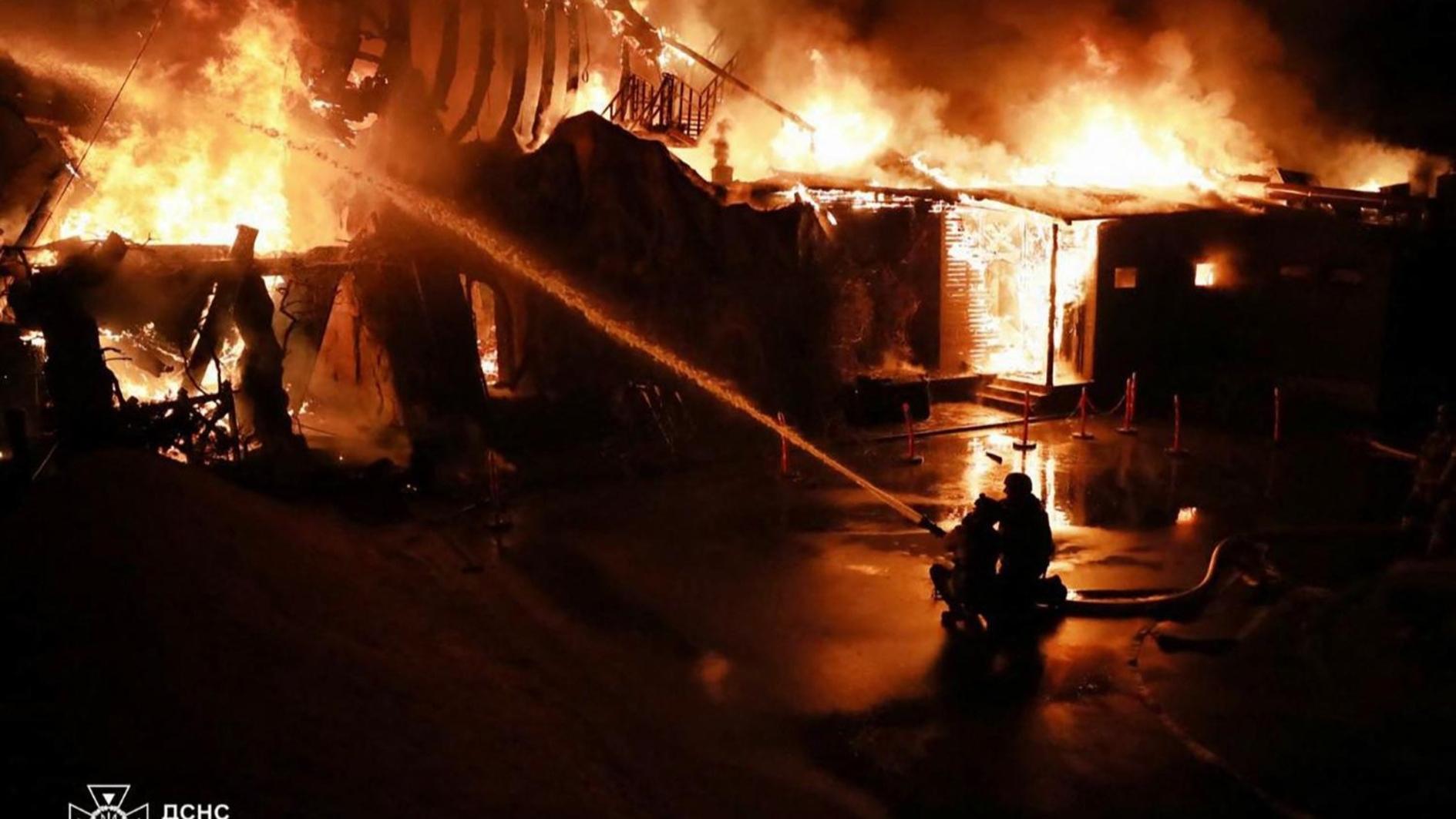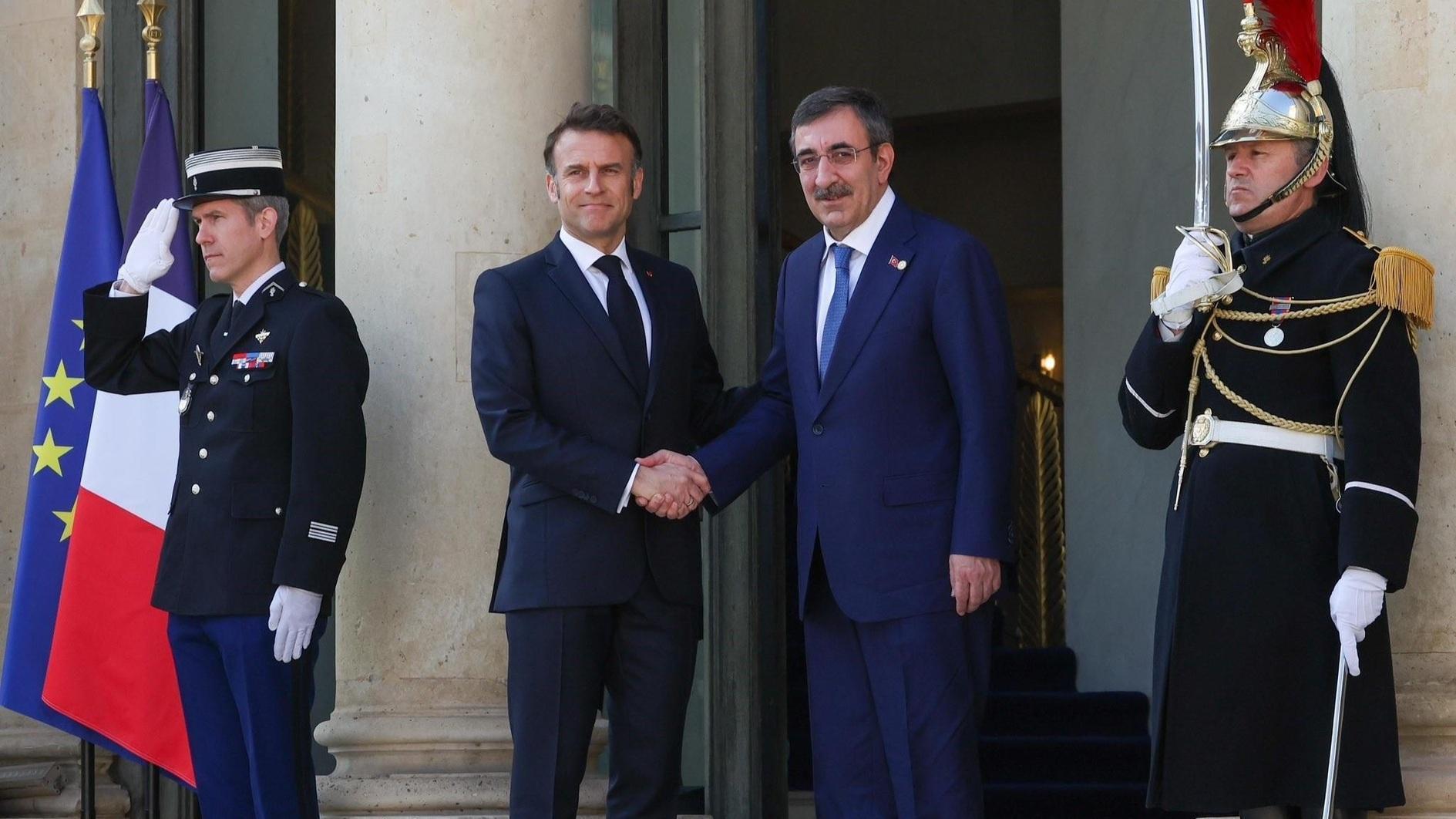Patara excavations start for the 25th time this summer
ANTALYA - Doğan News Agency

This year excavation works at Patara will be ongoing for two months and will take place at the Basilica, the Liman Hamam, the Palestra, the Tepecik Acropolis and the Ancient Lycia Water way. DHA Photos
Antalya’s Kaş district’s Patara ancient site’s 25th year of excavation works have begun. The excavations are being lead by professor Havva İşkan Işık.The excavation works are supported by the Culture and Tourism Ministry, and started in 1988 with Professor Fahri Işık. This year, a total of eight archeologists, twenty scientists and 33 workers will be working in the excavations. The works will be ongoing for two months and will take place at the Basilica, the Liman Hamam, the Palestra, the Tepecik Acropolis and the Ancient Lycia Water way.
Up to now, many statues have been uncovered in Patara. A bronze Hermes statue from the Roman era, which was unearthed during excavations and restored at the Antalya Museum, was introduced to the culture and tourism minister earlier.
The current head of the excavations, Professor Havva İşkan Işık, said the four-meter long head statue was unique in Turkey and the world. “We have never found such a stature before,” he said.
Işık said the statue was estimated to date back to the period of Emperor Constantine. “This is a work from the late period, which makes it more special,” he said.
Following the uncovering of the statue, it was observed by many that the statue looked like the modern day people of the region.
 In 1993, a Roman milestone was unearthed, the Stadiasmus Provinciae Lyciae (also known as the Stadiasmus Patarensisand the Miliarium Lyciae) in the form of a monumental pillar on which was inscribed in Greek a dedication to Claudius and an official announcement of roads being built by the governor, Quintus Veranius, in the province of Lycia et Pamphylia, giving place names and distances, essentially a monumental public itinerarium. The site is currently being excavated over the course of two summer months each year by a team of Turkish archaeologists. By the end of 2007, all the sand had been cleared from the theater and some other buildings, and the columns on the main street had been partially re-erected (with facsimile capitals). The excavations revealed masonry in a remarkable condition.
In 1993, a Roman milestone was unearthed, the Stadiasmus Provinciae Lyciae (also known as the Stadiasmus Patarensisand the Miliarium Lyciae) in the form of a monumental pillar on which was inscribed in Greek a dedication to Claudius and an official announcement of roads being built by the governor, Quintus Veranius, in the province of Lycia et Pamphylia, giving place names and distances, essentially a monumental public itinerarium. The site is currently being excavated over the course of two summer months each year by a team of Turkish archaeologists. By the end of 2007, all the sand had been cleared from the theater and some other buildings, and the columns on the main street had been partially re-erected (with facsimile capitals). The excavations revealed masonry in a remarkable condition. The city of Patara, along with the rest of Lycia, surrendered to Alexander the Great in 333 BC. During the Wars of the Diadochi, it was occupied in turn by Antigonus and Demetrius, before finally falling to the Ptolemies. Strabo informs us that Ptolemy Philadelphus of Egypt, who enlarged the city, gave it the name of Arsinoe (Arsinoë) after Arsinoe II of Egypt, his wife and sister, but it continued to be called by its ancient name, Patara.
Symposium to be held
Excavation head Işık said that in the 25th years of the excavations there would be a symposium held on Patara. A total of 46 scientists will be attending to the symposium in September.
As long as the budget allows for it, Işık added that they would be continuing the excavation.
















